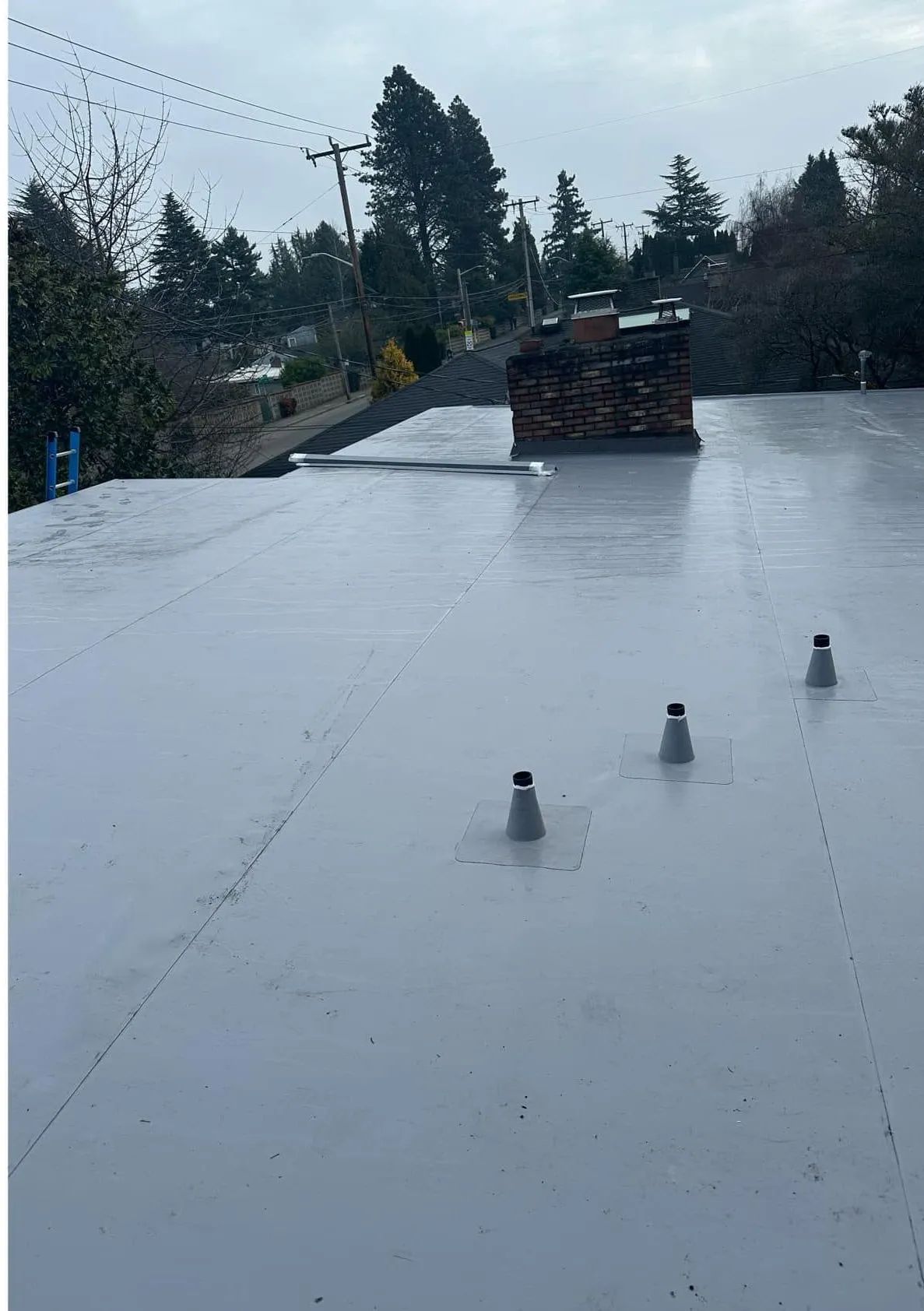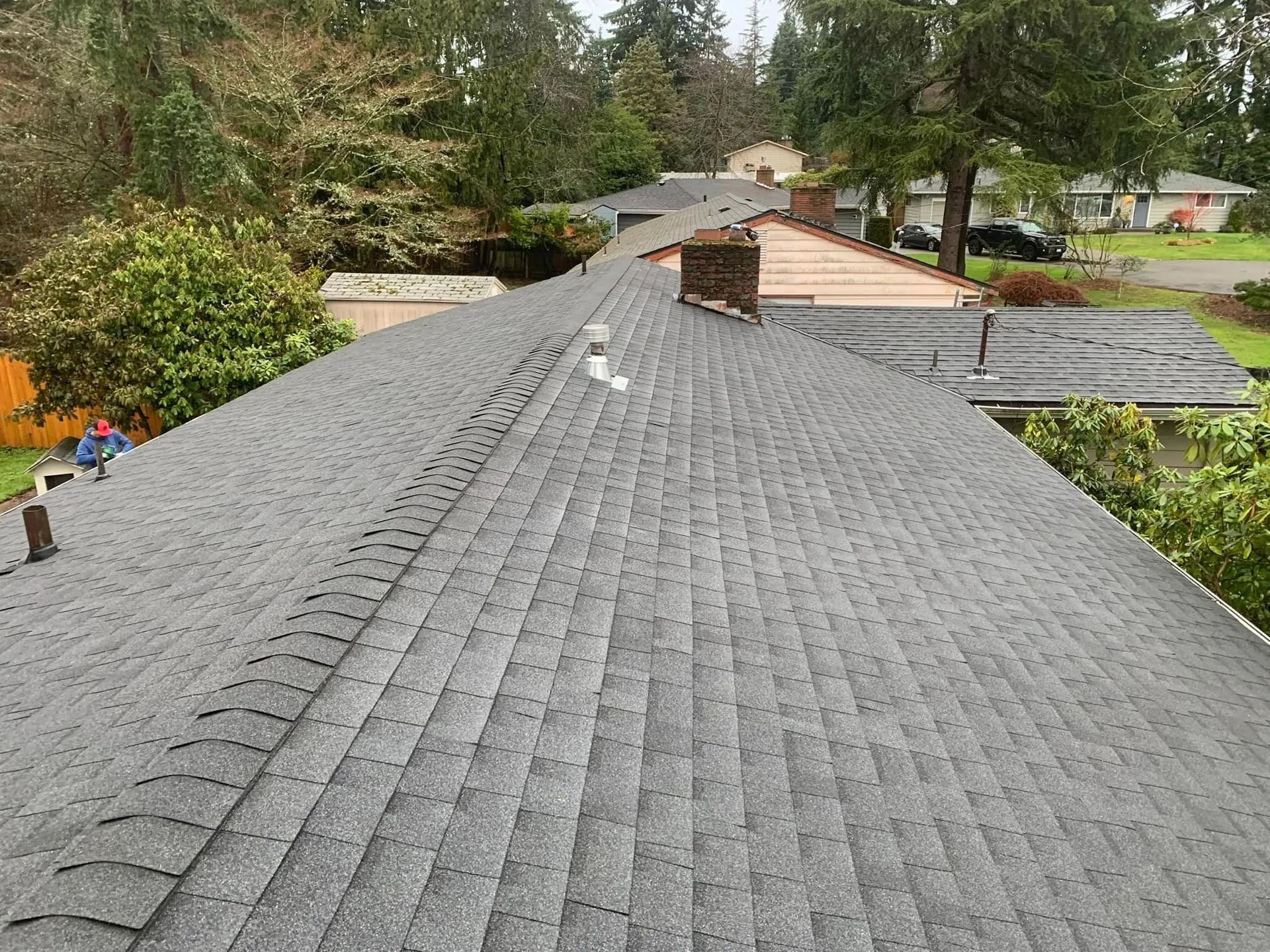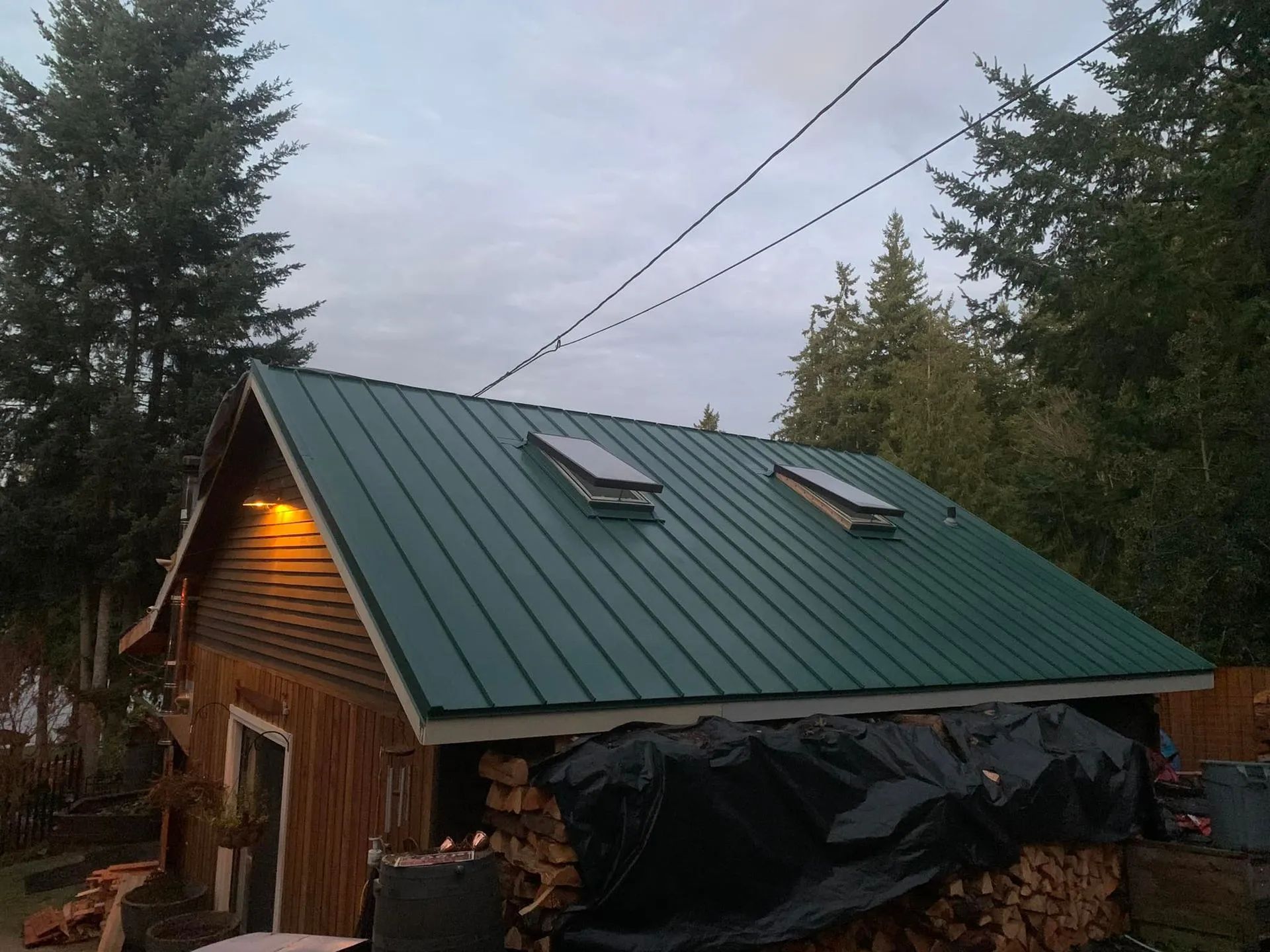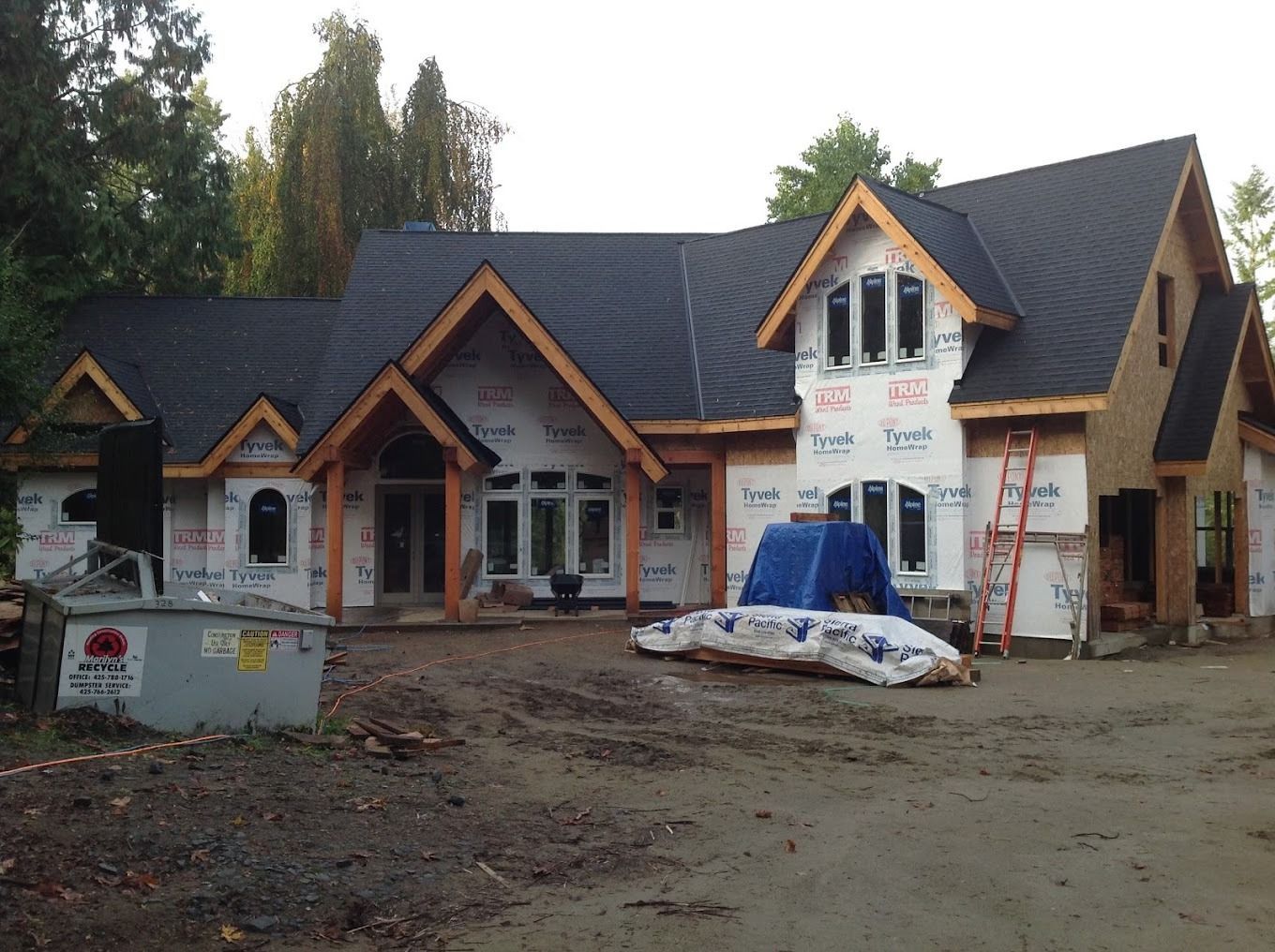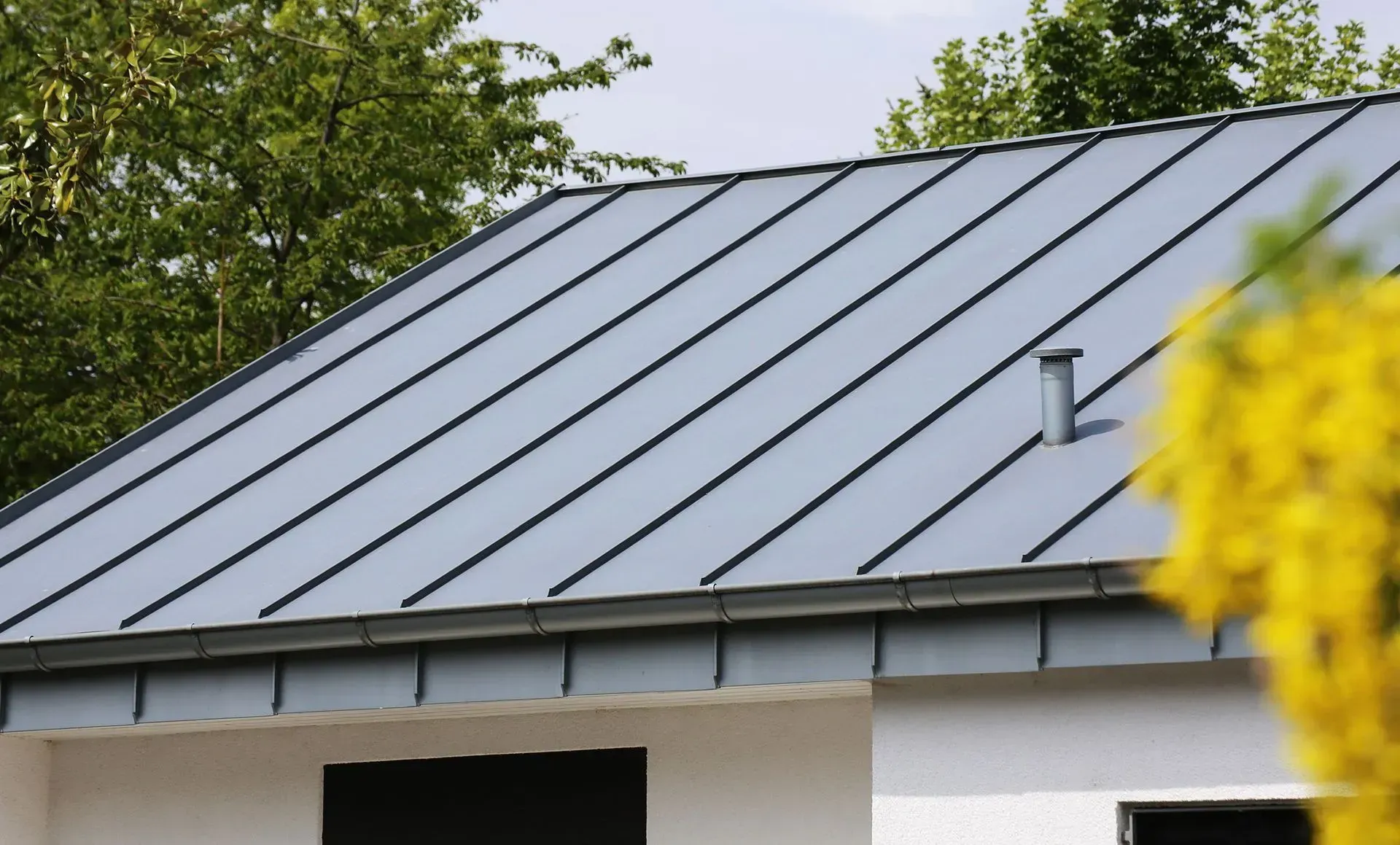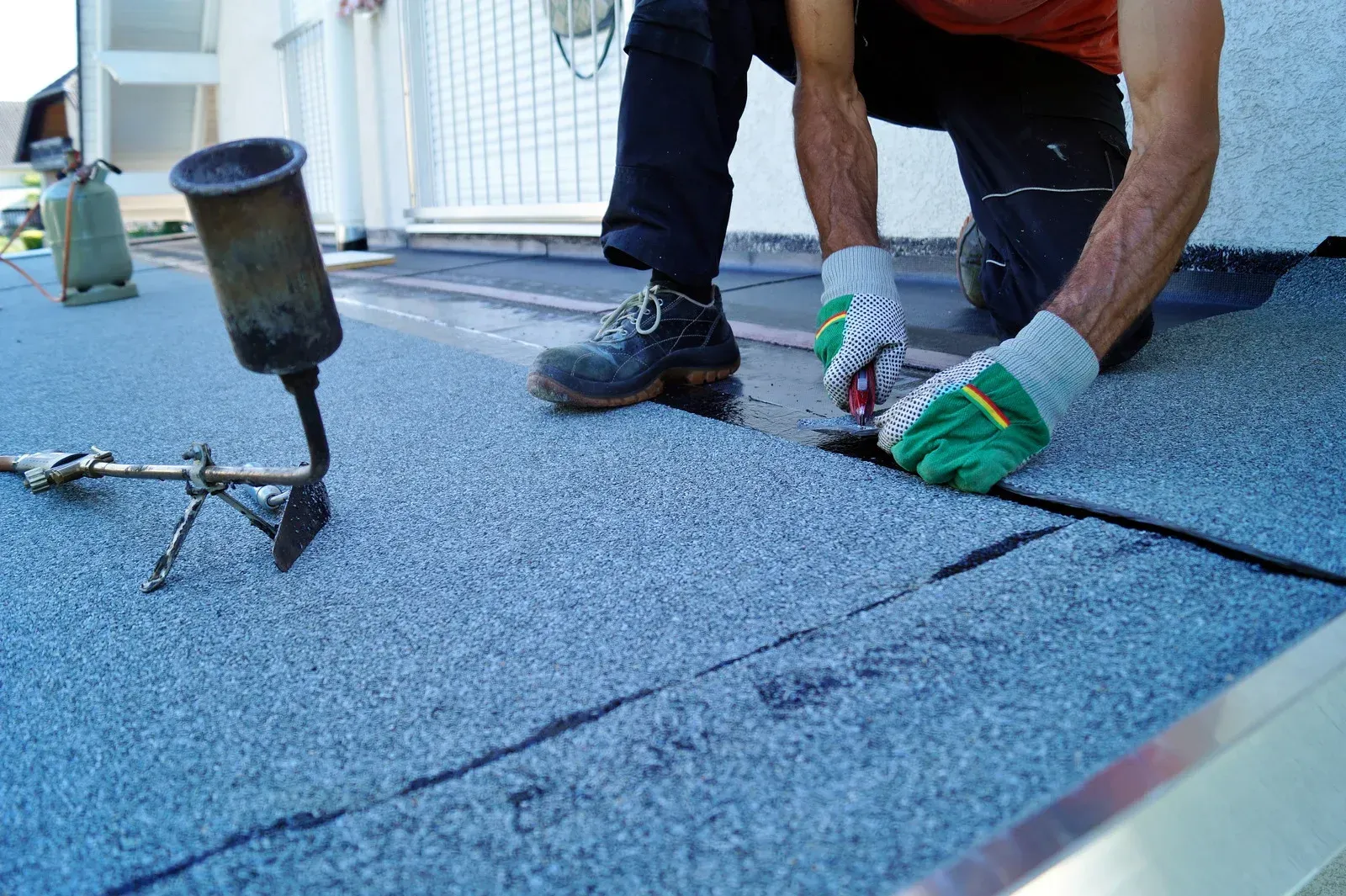How to Choose the Right Roofing Material for Your Climate
September 12, 2025
When it comes to roofing, one size definitely doesn't fit all. The material that performs well in a hot, dry climate might not hold up in a rainy or snowy region. Choosing the right roofing material isn’t just about aesthetics—it’s about durability, efficiency, and protection. Climate plays a significant role in determining how long your roof will last and how much maintenance it will need over time. Understanding how different materials respond to your local weather is key to making a smart investment that saves you money and hassle in the long run.
Many homeowners make the mistake of selecting a roofing material based solely on appearance or price. However, ignoring climate compatibility can lead to frequent repairs and higher energy bills. Roofing is a long-term investment that should offer reliable protection throughout the seasons. With the right material choice, you can enhance your home’s energy efficiency and value. In this blog, we’ll guide you through how to match roofing materials with the specific demands of your climate for optimal results.
1. Hot and Sunny Climates
If you live in a region with intense sun and heat, opt for materials that reflect sunlight and offer thermal resistance. Clay tiles, concrete tiles, and metal roofing are excellent choices. They withstand high temperatures and help reduce cooling costs by reflecting solar heat away from your home. Lighter-colored roofs are also ideal in these areas, as they reduce heat absorption.
2. Cold and Snowy Regions
For areas that experience harsh winters, snow, and freezing temperatures, durability and insulation are top priorities. Asphalt shingles perform well in cold climates due to their flexibility and resistance to cracking. Metal roofing is also great for snowy regions—it sheds snow easily and resists ice dams, helping to prevent structural damage. Insulated roofing systems can provide an added layer of protection against the cold.
3. Rainy and Humid Environments
In moisture-heavy areas, your roofing material should resist water absorption and mold growth. Asphalt shingles with algae-resistant coating are a popular and cost-effective option. Metal and slate roofs are also highly effective, offering superior water resistance and long-lasting performance. Proper ventilation and underlayment are crucial in humid climates to reduce moisture buildup inside the roofing system.
4. Wind-Prone and Stormy Areas
In regions where high winds, hurricanes, or tornadoes are a concern, you need a roof that stays in place. Look for impact-resistant shingles or metal panels that are rated for high wind zones. Reinforced fastening systems, hurricane clips, and proper installation make all the difference in ensuring your roof holds up during severe storms.
5. Mixed or Moderate Climates
If your region experiences a bit of everything—hot summers, cold winters, rain, and occasional storms—composite shingles or architectural asphalt shingles offer a good balance of durability and cost. These materials are designed to handle various conditions and provide energy efficiency, making them a versatile choice for unpredictable weather.
Choose a Roofing Partner That Understands Your Needs
Selecting the right roofing material for your climate is a crucial decision that impacts your home's performance and value. That’s where Allen Roofing Construction and Remodel LLC comes in. With over 40 years of experience serving Stanwood, WA, we understand the specific challenges posed by the Pacific Northwest's unique climate. Our team is committed to helping you choose the best roofing solution tailored to your environment, budget, and design preferences. Whether you're building new or replacing an old roof, trust our seasoned professionals to deliver quality, longevity, and peace of mind.
